Using Scattered Structures
In our years of gaming, we’ve used a lot of battlemaps with a lot of themes for a lot of different sorts of encounters. Given the variety of the material out there and the situations where you might use it in a game, it’s hard to generalize. But it seems that the most commonly produced battlemap, the one that we tend to look at first when we decide on where an encounter is to take place, tends to provide an open, expansive area detailed with a theme.
The open battlemap used when an encounter occurs in farmland, desert, or forests, makes set up easier because there’s less need to think about the enemies positioning and provides for a dynamic battle by allowing the PCs and their foes to take full advantage of their movement and the area of spell effects. But it comes at the expense of the encounter’s realism and the sense of purpose behind the foes. One must only look at books or movies, let alone what they might do in real life, to see that adventurers, and most monsters, would often avoid battle in open terrain.
Perhaps a dragon who could often fly down and strafe their enemies with fire would think it’s just fine to battle in the middle of a flat field. But most adventurers when they see the shadow of the creature approaching, would generally look for some place to take cover. The need for that cover, and how the characters would take advantage of it, would vary based on their class and style of combat. But every party has a member that, like their counterparts in books and movies, will run for cover as soon as danger approaches.
Archers may prefer to find a high position in a barn’s loft or an upper story window of a home. Warriors may choose to barricade a doorway or hallway, perhaps protecting the archer nested above them. Clerics may choose a position completely under cover, where they can move from place to place using their healing and buff skills as needed most. And of course, any intelligent enemy, and any monster who hunts from ambush, is going to do the same thing: seek cover.
Some game masters try to convert to open battlemaps or, quickly created encounters on blank grids, by adding scatter terrain: tree trunks in a forest, over turned carts in a street, crates and barrels on a dock. This helps, adding obstacles that restrict and focus the movement of foes, allow ranged fighters to take partial cover, and, in some cases, add a little bit of the 3rd dimension to the fight. But the items commonly used as scatter terrain aren’t the sort of thing a character might want to use when taking cover.
If they have the time or movement, a fighter facing a dragon on the wing would prefer to dive into a gnome’s burrow rather than simply duck behind a tree trunk. A rogue in a street brawl might prefer to go through a merchant’s tent than simply duck under a wagon in the street. A wizard might find that a boat house is a better place to cast from than behind a barrel of old fish.
And those are the sort of decisions made when the combatants only have a little time. When the characters defending a village see the goblin horde on the horizon, they’re going to look hard for the most defensible position. Conversely, the goblins who raided the village the night before, aren’t likely going to lay in the middle of the town’s square if they can hole up in the guardhouse they overran.
That’s why we think one of the more useful tools isn’t the open battlemap or scatter terrain to decorate it, it’s scatter structures: small buildings, sheds, barns, silos, huts, tents; natural features, little caves, sheltered glens, rocky outcroppings with multiple levels; worked areas, irrigation ditches, bridges. Places that either side of a fight might use in a pinch to better fortify their position.
These are items that allow the GM to add a new challenge to a fight, giving the goblin archers a place to hole up, giving the PC wizard a place to work magic. Giving a small band of fighters a place to take a last stand against a horde of zombies.
These scatter structures can be quickly added *to* a more extensive battlemap, or as we often do, to add to a markable grid, to give a more permanent feature to a map that is otherwise created on the fly.
GMs can use scatter structures to answer their groups questions “is there any place we can hide?” or give the enemy that option if players aren’t quite sneaky enough in approaching. Many of them will do this by adding multiple dimensions: second floors, basements; elven guard posts woven in the boughs of trees.; rocky ledges where PCs can retreat to limit the number of monsters that can approach at a time.
They are tools to make characters think harder about how to leverage their movement. They make it mean more that some characters can’t move through another’s space, or conversely that a brave halfling could slip past in a narrow hallway.
These structures could provide partial cover to archers perched on a roof or in an upper story window. They can provide advantage to sentries trying to spot approaching enemies, or disadvantage to those trying to hunt down fleeing foes. They give rogues a real explanation for how they remain unseen in stealth or how they moved behind an enemy in battle.
Scatter structures change how magic is used in battle, both in the actual mechanics, and in the narrative used to explain its effects. Characters are certainly going to want to duck into a small shed to shelter from a fireball thrown by a dark shaman. In 5e, some spells specifically state whether their effects will flow around corners, and many groups choose to assume that unless this is described in the spell, ducking into a room to close the door will block the spell, or at least mitigate it.
Whether a group chooses to adjudicate that a spell can be blocked in that manner or whether they choose to use the structure to show how a character could take partial damage on a successful saving throw, the scatter structure provides a useful tool for everyone involved.
This is why we will add an emphasis to small, separate structures that we create. They can be printed and cut out, items you can pull out of a folder to throw into a random encounter. Or items you can use to create a small village or farmstead. Like our larger maps, they will almost always have multiple levels. Some of them will have multiple configurations, such as barns with doors open or closed. Many of them will focus on the structures we hardly ever see depicted, in areas that are otherwise well represented by other battlemaps.
Make sure to follow us to catch our other ideas on some ideas on how to use these scatter structures, including some involving simple narrative elements, and other suggestions on how you can use game mechanics.
Recent Posts
Zeek’s Tree Fort
Farmer Zeke had asked you to rescue his daughter from a nearby goblin camp. You've managed to sneak in and find her, but on your way out, the goblins saw your party. You need to find somewhere to hide and quick. Maybe Farmer Zeke's new barn can offer some protection....
Zeke’s Barn
Farmer Zeke had asked you to rescue his daughter from a nearby goblin camp. You've managed to sneak in and find her, but on your way out, the goblins saw your party. You need to find somewhere to hide and quick. Maybe Farmer Zeke's new barn can offer some protection....
Temple in the Woods
Maybe it's a soft chanting that catches your ear. Or perhaps, the soft crying of a mourner; cold wind whistling through the trees; the whispers of a prayer. Whatever the sound was, when you venture to take a look you come upon a small temple. Who may have used it? Who...
Take a break at Jack’s Cottage
On your adventures, you ran across a small cottage sitting, lone in a field. A kindly old man, introducing himself as Jack, invites you in. The smell of a stew on a warm hearth draws you in. But what awaits? Jack's Cottage consists of a basement/workshop area, a main...
...Stalk Monstrum...
Banner image used in the Monstrum watermark created by Deven Rue.

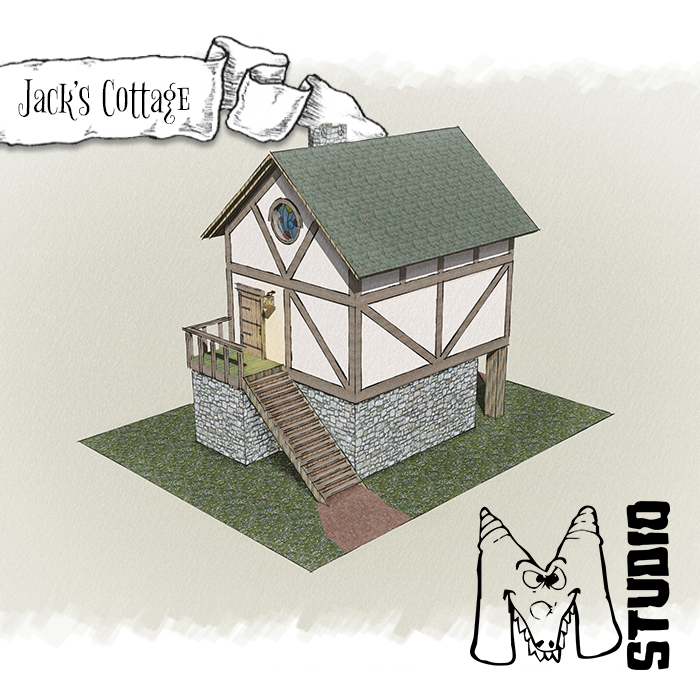
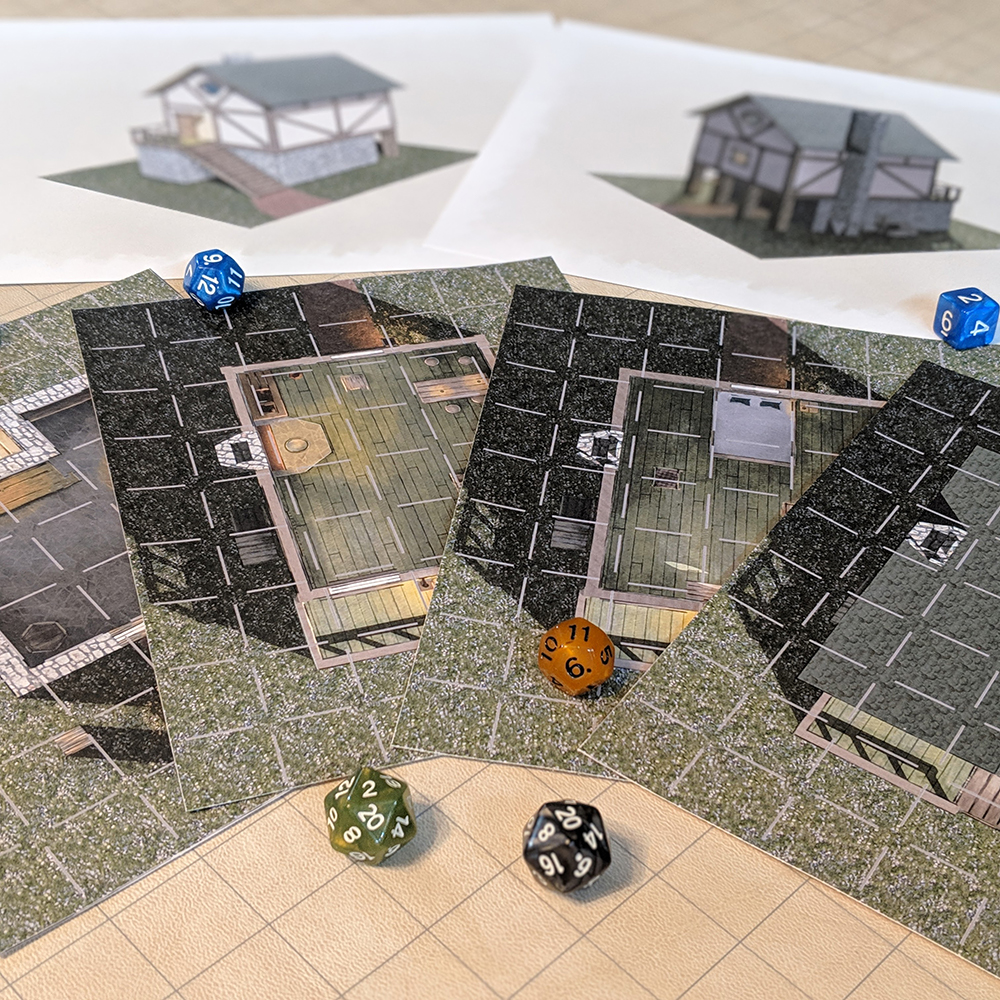
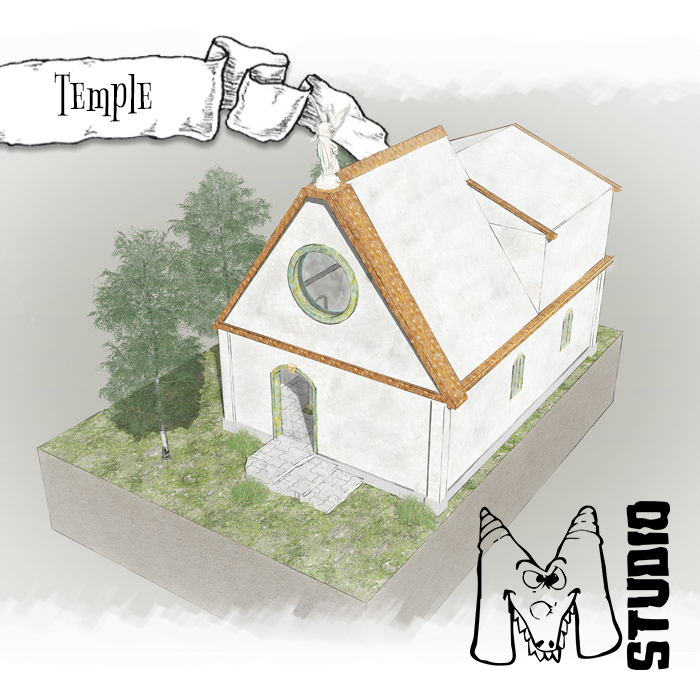
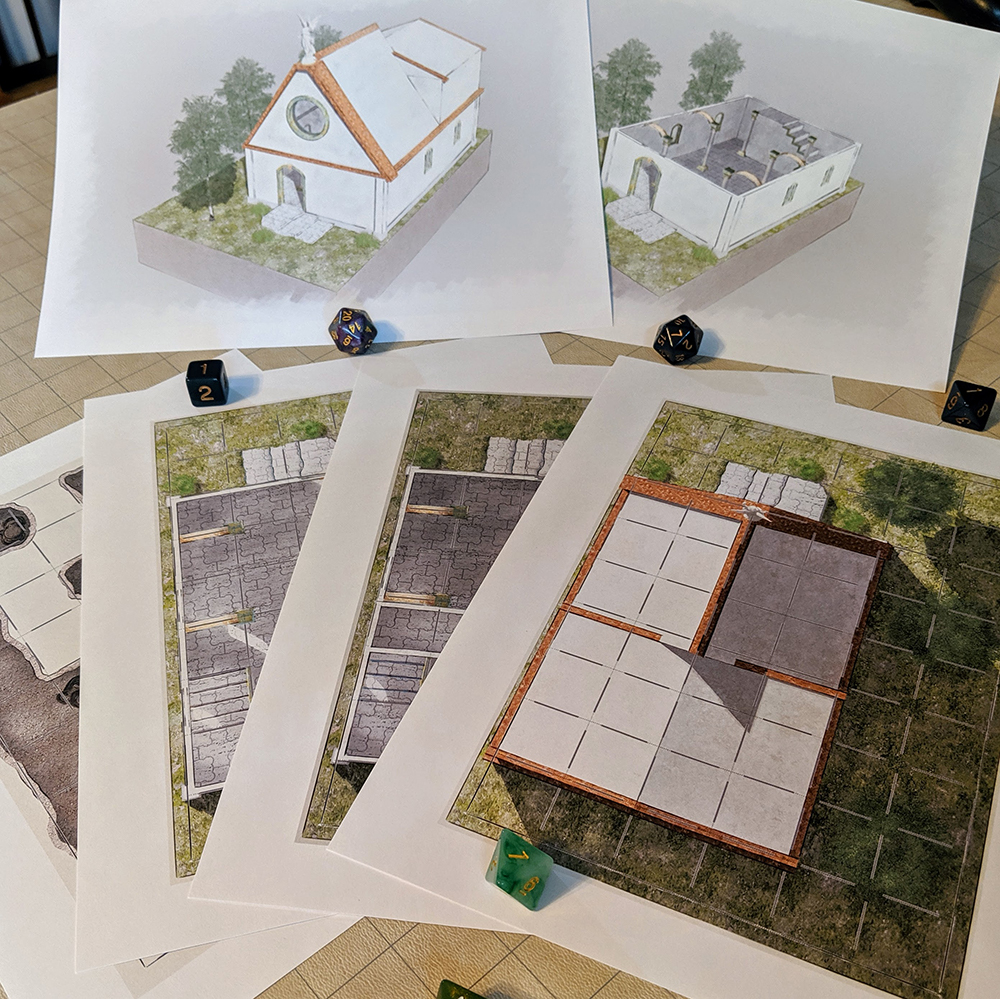
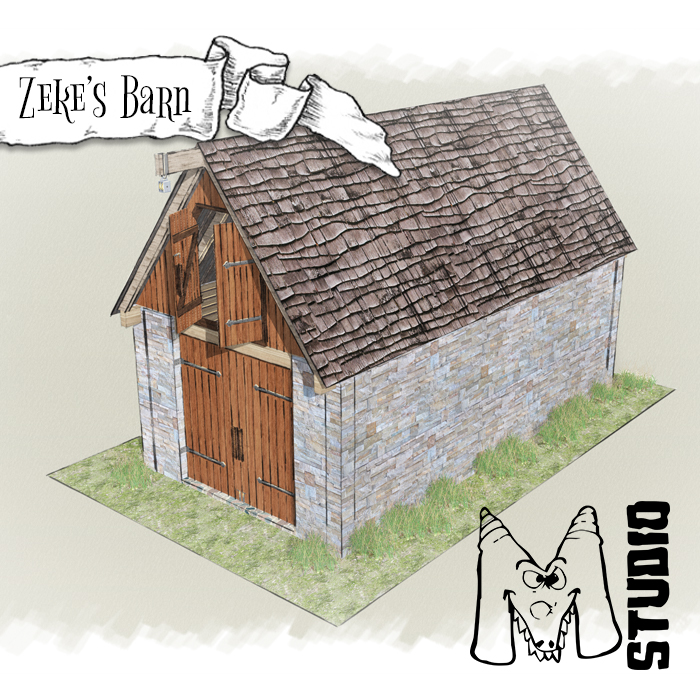

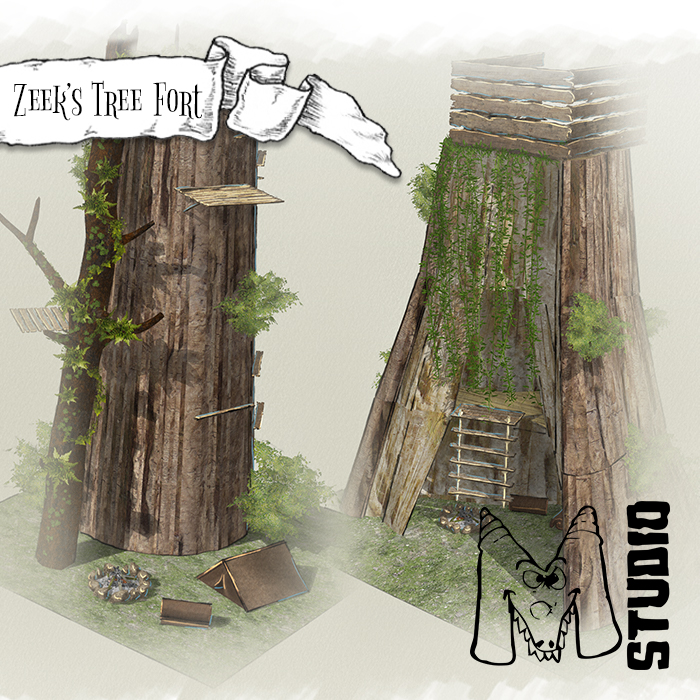
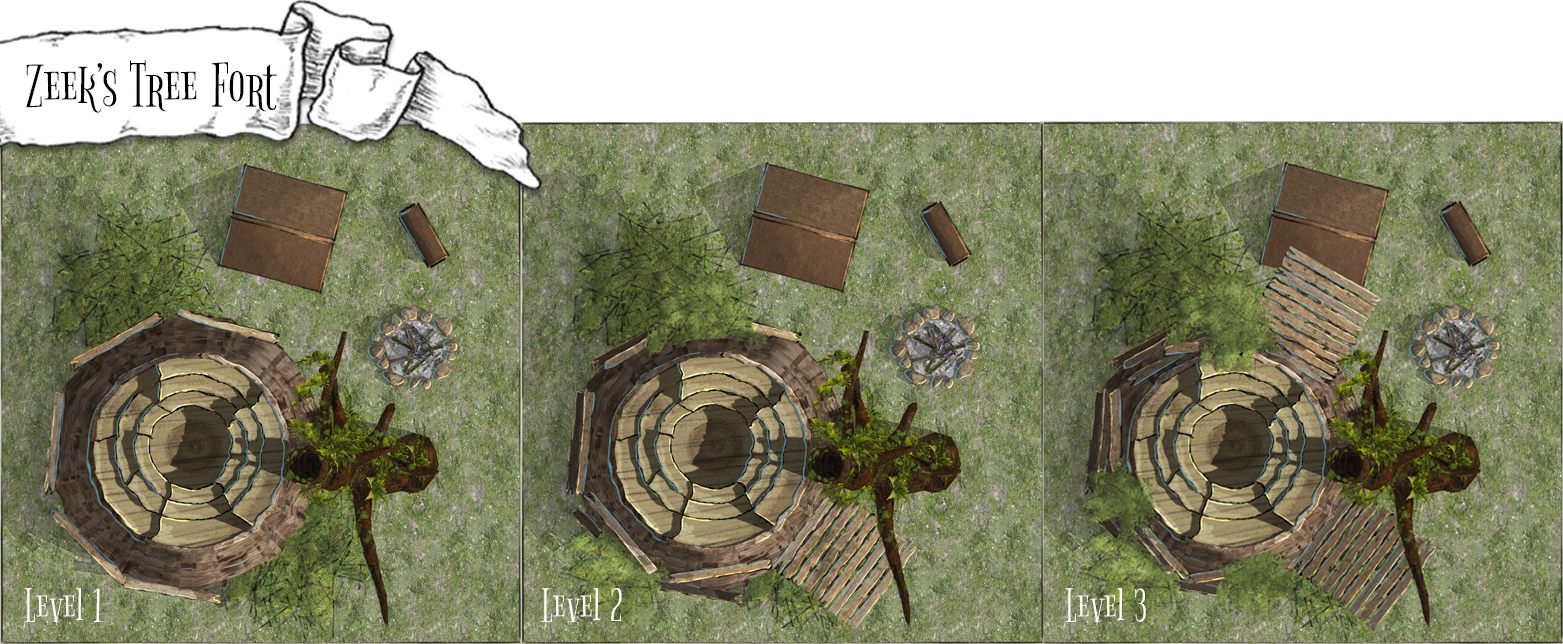

0 Comments